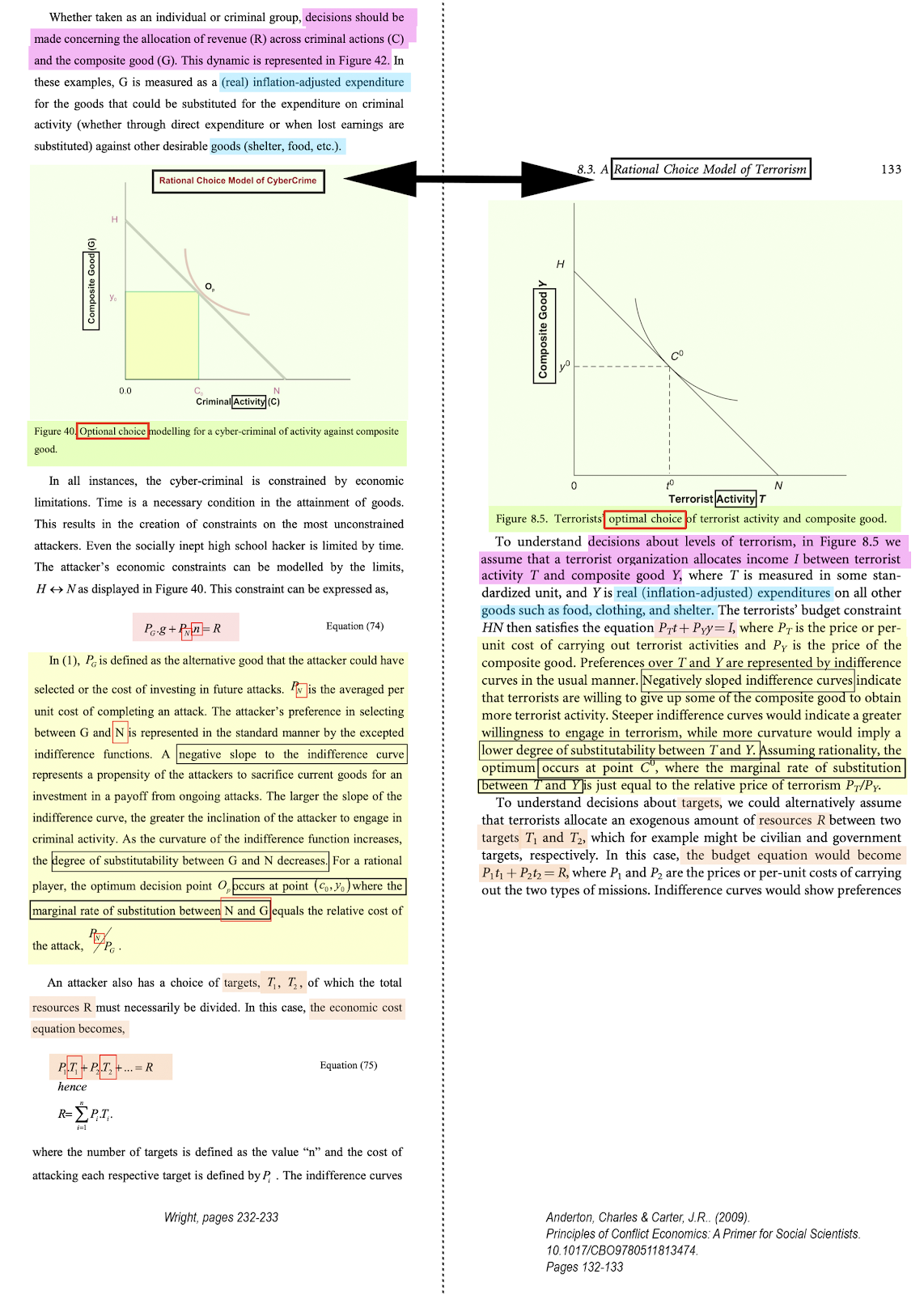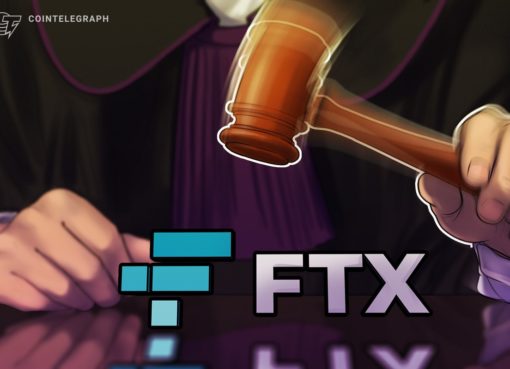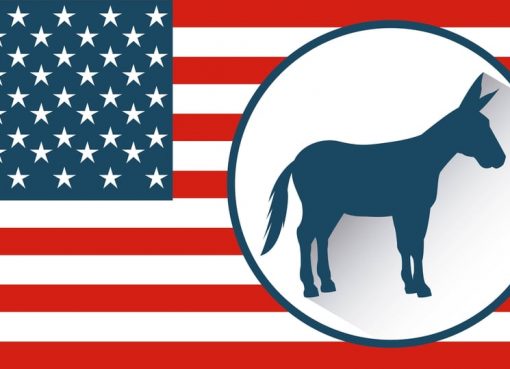The man who claims to have written the Bitcoin whitepaper has been accused of committing plagiarism again, this time in his doctoral thesis.
PaintedFrog, the pseudonymous writer who previously accused Dr. Craig Wright of plagiarizing his 2008 law degree dissertation for Northumbria University, has posted his analysis of Wright’s 2017 PhD thesis from Charles Sturt University (CSU).
The blogger posted purported screenshots of Wright’s thesis, “The Quantification of Information Systems Risk: A Look at Quantitative Responses to Information Security Issues,” alongside several other publicly available sources.
Cryptox contacted Dr. Wright prior to publication of this story, and will update the piece with his response to the allegations if we hear back.
What is plagiarism?
PaintedFrog accused Wright of taking “huge swaths of content and reworded it to avoid automated detection tools. In most cases, he simply substituted synonyms every few words”.
The difference between acceptable paraphrasing and outright plagiarism is something of a grey area. However, according to CSU’s own academic misconduct policy, plagiarism can be defined as:
“…rephrasing ideas from books, journals, study notes or tapes, the Web, the work of other students, or any other source without acknowledging the source of those ideas by footnotes or citations. This could include material copied from a source and acknowledged, but presented as the student’s own paraphrasing.”
The blogger claimed Wright did not properly acknowledge the sources of a number of publications. According to email correspondence with several university professors provided by PaintedFrog, CSU has reportedly begun an investigation into the matter.
Side-by-side comparison
PaintedFrog accused Wright of using content from “Data Mining: Desktop Survival Guide” published by Graham Williams in January 2008, “Ethical Hacking” written by Reto Baumann in 2002, and even an ornithology professor’s webpage.
Left: PF’s screenshots of Wright’s 2017 thesis, Right: Cumulative processes related to event histories. Cook, Richard & Lawless, Jerald & Lee, Ker-Ai, 2003. Source: Medium
The blogger suggested that Wright had made a few errors, such as an attempt “to obfuscate the equations by choosing different variable notation, but confused himself in the process and made a few errors, which are highlighted in red boxes.”
Left: PF’s screenshots of Wright’s 2017 thesis, Right: Principles of Conflict Economics: A Primer for Social Scientists. Source: Medium
“In other cases,” the Medium writer noted, “Wright copied clear errors that were already present in the source material and did not correct them.”
Left: PF’s screenshots of Wright’s 2017 thesis, Right: Ethical Hacking. Reto Baumann, 2002. Source: Medium
PaintedFrog claims the “extensiveness of the plagiarism” overshadows any possible argument by Wright that “these are just a few mistakes.”
Wright is against plagiarism
The Satoshi claimant himself has come down hard on plagiarists and wrote in a 2011 article that “plagiarism can be no different to receiving stolen intellectual property.”
“The damage done through plagiarism and the deception it entails damages not just those involved, but also the entire information security community when it is one of our own.”
Wright is highly protective of his reputation and has launched legal action against numerous figures in the crypto community that have accused him of fraud. PaintedFrog said he chose to remain anonymous to avoid potential legal action.






